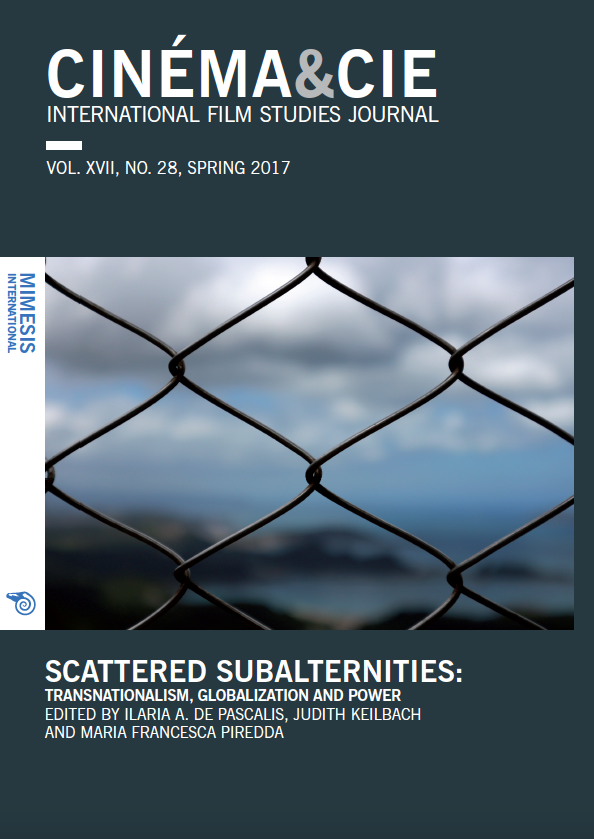The Modernist Roots of the Mind-Game Film: The Example of an Italian Puzzle
Abstract
This essay contributes to the analysis of a phenomenon that became diffused between the 1990s and the 2000s: the mind-game lm. It focuses on the destabilization of the classic story in the light of new digital technologies, providing original strategies of production and new possibilities of fruition. There are several studies of the different typologies of mind-game lms, of the nature of narrative developments introduced by various directors, and of the technical aspects relating to the psychological dynamics in the image-narrator- spectator relationship. However, there are fewer studies of the modernist roots of this phenomenon. Elsaesser locates the mind-game lm within the same category of European subjective cinema during the 1960s. In other words, it constitutes a meta-cinematographic phenomenon, whose origins lie in the European vanguard modalities of experimentation. Following Elsaesser’s theories, I suggest that it is possible to study the parallelisms and elements of disruption between that subjective cinema and these new forms of experimentation, which appear to conciliate commercial needs and authorial perspectives. In particular, I seek to reveal the traces of this relationship in the cinema of Elio Petri, using Lev Manovich’s category of the ‘narrative database’.






